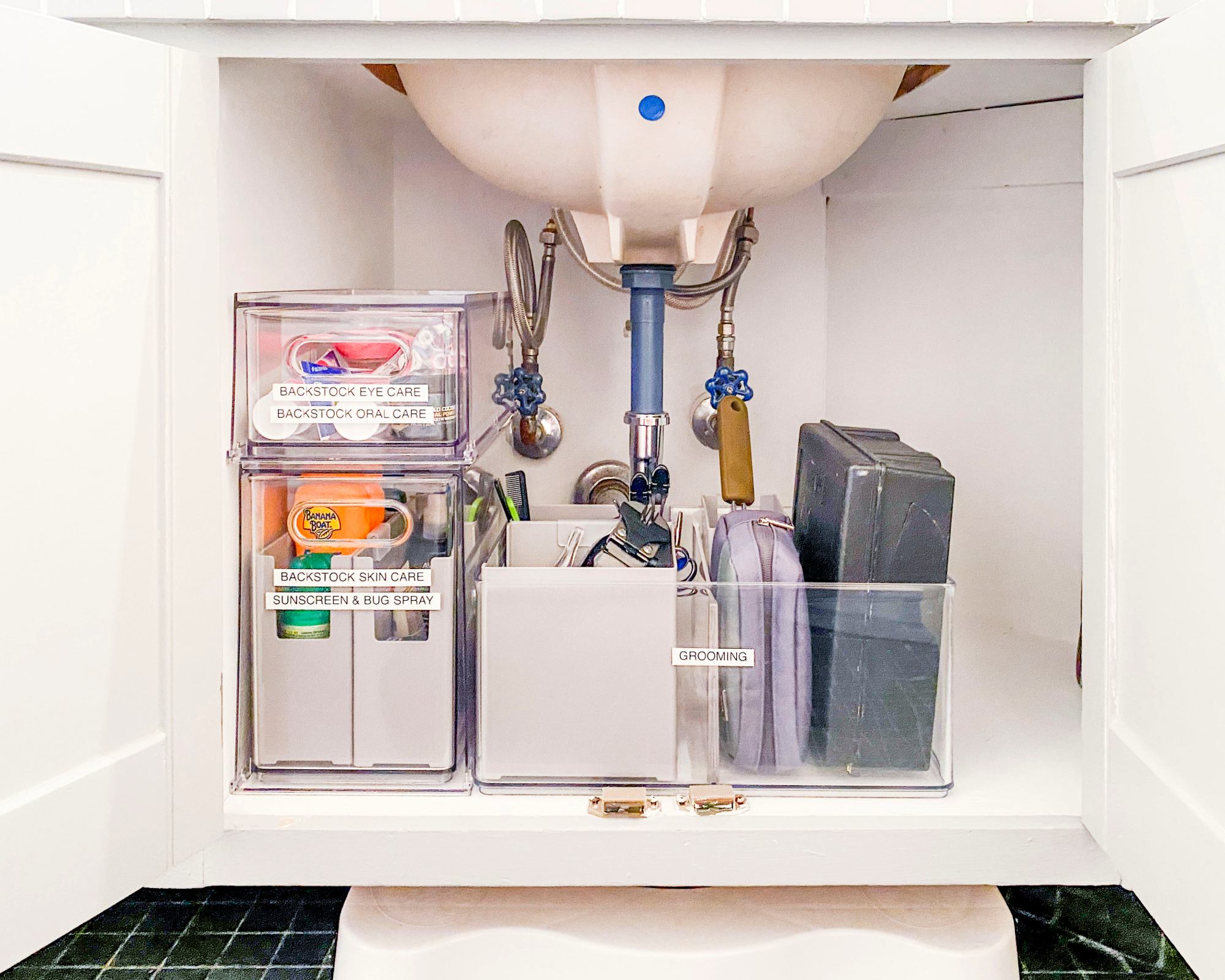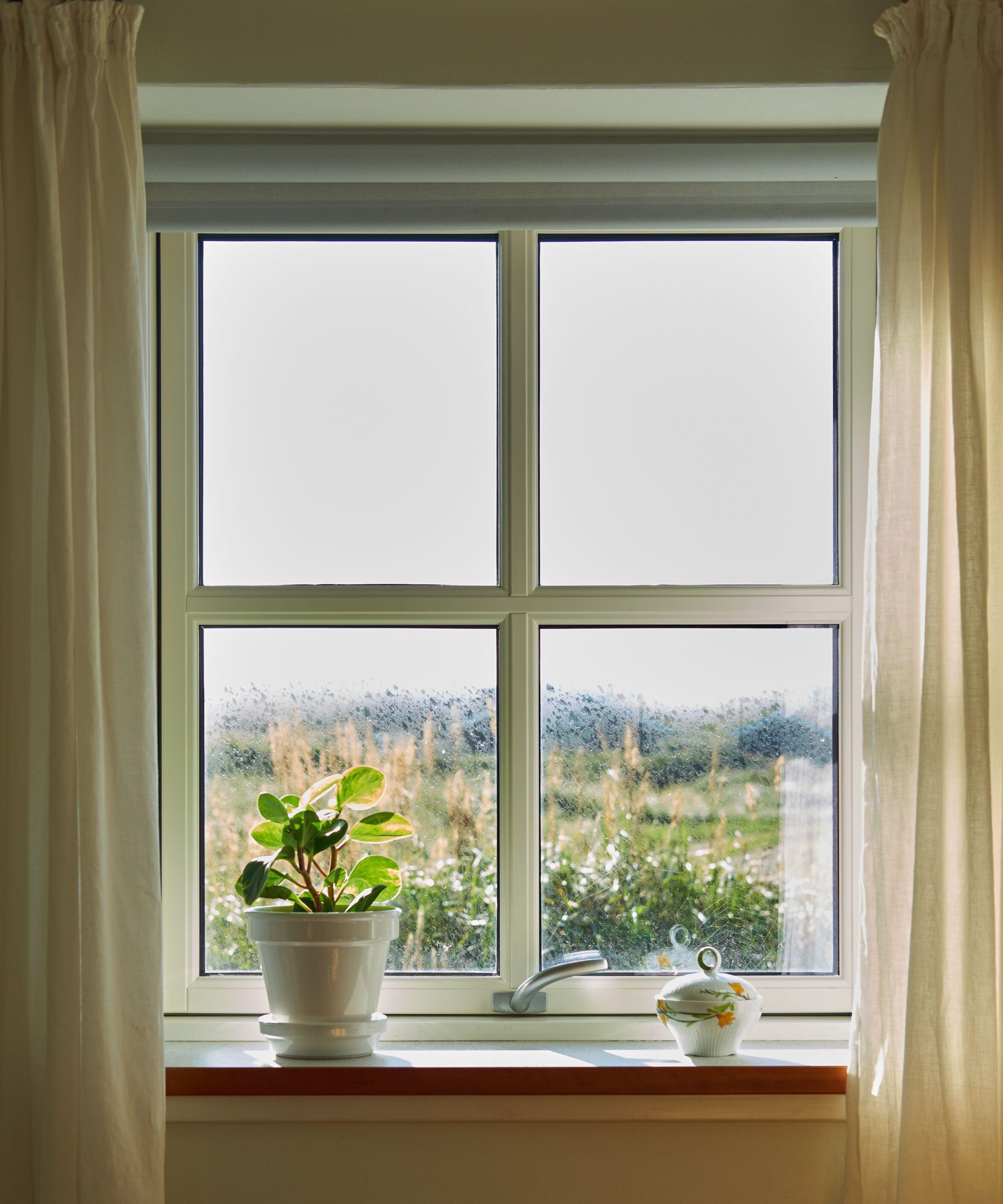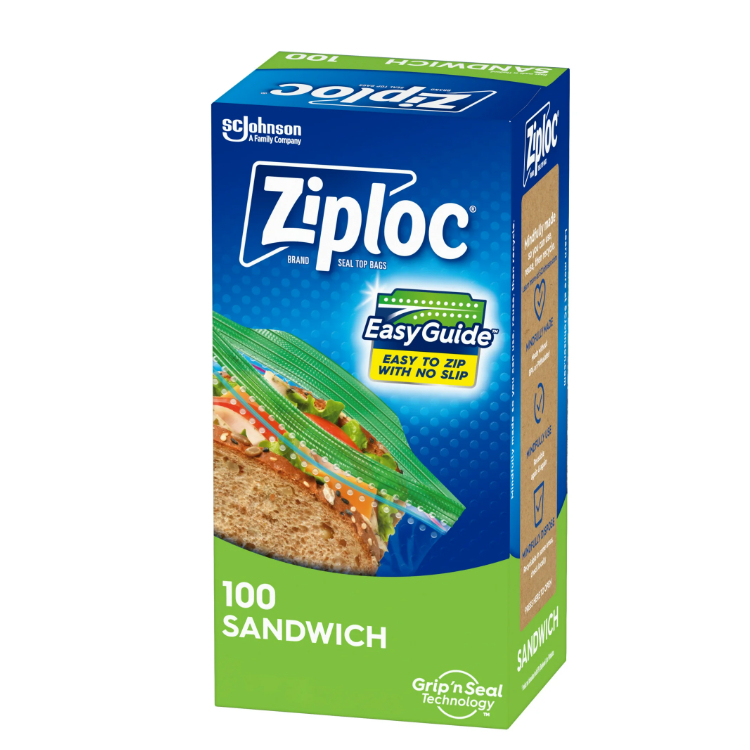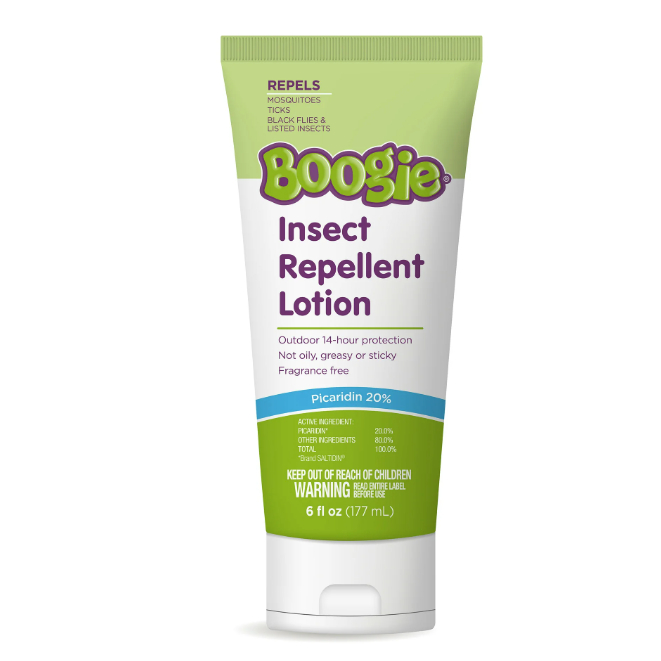How to store insect repellent – 5 tips to have your product work more effectively than ever
Your insect repellents will last all summer long if you implement these expert-approved storage tips


Whether you’re going on a lovely stroll around the park, enjoying a backyard staycation or packing for an impromptu beach trip, one thing’s for sure – you don’t particularly want to be swarmed by insects. Insects can be pesky, persistent and downright painful, leaving your arms and legs coated in little clusters of bites, if they aren’t already too busy feasting on your food and drink.
Cans and bottles of insect repellent are a great solution to saying goodbye to these unwanted visitors. But did you know if you’re using a can of insect repellent that hasn’t been stored correctly you could actually be creating new problems instead of preventing your current one? We talked to experts in pest control, organization and insect repellent manufacturing to learn five of the correct ways to store insect repellent during summer heat.
After learning these tips you may even gain the confidence to learn how to make mosquito repellent yourself!
1. Store it in a cool dry place (even when you’re out and about)

Many home items can benefit from being stored in a cool, dry place but to ensure your store-bought and homemade bug sprays are able to work as well as possible, this is a must.
‘When you think ‘insect repellent’, you may think about keeping it outside where the bugs are and where it is easily accessible for you,’ says Jamie Hord, founder of Horderly Professional Organizing. ‘But it’s best to keep it inside in a cool dry spot, preferably close to the door for that ease of access.’
A cupboard by your hall door would be a good location, but what really wouldn’t be the best place is in your car. Repellents often find themselves a new home in someone’s glove box or boot, ready to grab for while you’re out on an adventure. However, your car is probably the worst place for an insect repellent to live in the summer weather as it heats up incredibly fast.
‘Leaving your insect repellent in a hot car can cause the product’s active components to degrade or evaporate, decreasing its effectiveness,’ says Gray Palmer of Eleeo Brands, including Proven Insect Repellent.
Storing your insect repellents incorrectly during summer may also cause damage to the product’s container, making them less safe to use. ‘The risks of exposing pesticide products to extreme heat may vary, including breakdown of ingredients and impacts on the integrity of the container of the product,’ says Jeffrey Landis from the US Environmental Protection Agency.
2. If you’re out and about, take your repellent out of the car

It’s recommended at all costs to keep your insect repellent out of a hot car. So, if you’re out and about pre-adventure or have accidentally left it in your vehicle, take it with you in a bag to keep the temperature of the product down.
‘If you are in a hot place such as in your car, you may want to bring the repellent with you to assure that the repellent temperature does not exceed 130॰ Fahrenheit or 54॰ Celsius,’ says Steve Caldwell, store manager of Campmor: a recreational equipment retailer established in New Jersey, 1978. ‘Correctly storing your insect repellents will ensure family safety and the durability of the product.’
3. Keep your repellent out of direct sunlight

Equally, sitting your bottle of insect repellent on a windowsill for quick pick-up isn’t the best for the product in the long run. Similarly to how perfume can go bad if it’s exposed to too much light, the power behind your repellent will continually weaken every day that it’s sitting in the sun.
‘Repellents put in a place where they are exposed to direct sunlight, such as on a windowsill or sat outdoors on a porch, will lose efficiency gradually over time,' says Palmer. ‘This is because the UV rays the product is exposed to will cause degradation of the chemical component in your repellent. This has the potential to alter some of its properties, too, which isn’t the safest.’
4. Keep your insect repellent in a designated spot

Di Ter Avest, a professional organizer at Di Is Organized, recommends creating a designated spot in your home to store your insect repellent. Doing this won’t only make it super easy to find, but it will also give you somewhere fixed to return the product to at the end of the day, hopefully reducing your likelihood of leaving it elsewhere such as in the car.
‘Avoid storing the insect repellent in different spots in your house,’ says Ter Avest. ‘I like to decide on a central location, so I don't need to check three (or more) spots to find what I need. I usually store it in the same place as the sunscreen, sun tan lotions, and after-sun relief lotions.'
Organizing under the sink to include your insect repellent sprays could be a good call for insect repellents designed for outdoor use. But creating a designated spot, such as a specific cupboard in a cool area, for your on-skin insect repellent is also a great way to remember to put it on before leaving the house.
‘Many times, the products we use to protect ourselves from insects end up in the garage or under the sink,’ says Daniel Perry, entomologist at P&G’s Zevo. ‘This is a mistake because if you place your on-body insect repellent in an out-of-the-way spot, you may not think of using it before going outside – and if you do not apply your insect repellent, you take the risk of being bitten by mosquitoes and ticks.’
5. Keep your repellent bottle in a Ziploc bag
Most people (myself included) just throw the products they need for a trip in the back of a car or in their bag. However, it would be a good idea to place your insect repellent in a separate Ziploc bag for a number of reasons, especially as it’s likely going to be around a lot this season.
‘One of the most common storage mistakes people make with insect repellents is to just put the repellents into a pocket of a pack or luggage, without putting the bottle in a moisture-proof bag like a small freezer Ziploc bag first,’ says Caldwell. ‘Without the repellent secured, it can leak into your luggage or pack – and the smell is not pleasant!’
If you're not the biggest fan of traditional insect repellents and fear the potential harm they could bring to pets or children, why not consider trying out an ultrasonic pest repellent?
Sign up to the Homes & Gardens newsletter
Design expertise in your inbox – from inspiring decorating ideas and beautiful celebrity homes to practical gardening advice and shopping round-ups.

Ciéra is a writer and regional laureate with particular passions for art, design, philosophy and poetry. As well as contributing to Livingetc, she's an Editorial Assistant for Design Anthology, and a contributing writer for Homes & Gardens and Apartment Therapy. Previous commendations of hers include being Highly Commended by The Royal Society of Literature and receiving a prestigious MA Magazine Journalism scholarship to City University, London.
-
 5 fast-growing tiny flowers – expert recommendations to fill your pots and borders with color in record time
5 fast-growing tiny flowers – expert recommendations to fill your pots and borders with color in record timeThese fast-growing tiny flowers prove that miniature can also be marvelous
By Thomas Rutter
-
 Midimalist kitchens are the trending way to create a characterful yet clutter-free space – and these 8 spaces prove how chic this best of both worlds style can be
Midimalist kitchens are the trending way to create a characterful yet clutter-free space – and these 8 spaces prove how chic this best of both worlds style can beIt's the go-to kitchen style for a balance of busy and simplistic design
By Molly Malsom
-
 7 questions to ask yourself before moving house – realtors promise answering these questions will prevent buyer's regret
7 questions to ask yourself before moving house – realtors promise answering these questions will prevent buyer's regretDon’t make your move harder, ask these questions before moving to avoid mistakes
By Chiana Dickson
-
 ‘It leads to more headaches than it's worth’ – 4 reasons you should never store things in your oven, including fire risks and serious illness
‘It leads to more headaches than it's worth’ – 4 reasons you should never store things in your oven, including fire risks and serious illnessYour oven is for cooking, and cooking only, experts urge
By Chiana Dickson
-
 It’s a concept straight out of a fashionista's playbook, but I used the Sandwich Method to organize my kitchen shelves – it’s never looked sleeker
It’s a concept straight out of a fashionista's playbook, but I used the Sandwich Method to organize my kitchen shelves – it’s never looked sleekerIt transformed messy to mesmerizing in a matter of seconds
By Punteha van Terheyden
-
 The value-based decluttering method changed my attitude toward the task – and turbocharged functionality in my small home
The value-based decluttering method changed my attitude toward the task – and turbocharged functionality in my small homeIt's proven to be transformative for my home over the last six months
By Chiana Dickson
-
 5 low-energy and useful tasks to try instead of doom-scrolling – this brain hack will break bad habits
5 low-energy and useful tasks to try instead of doom-scrolling – this brain hack will break bad habitsExperts urge you to try it for your wellbeing
By Chiana Dickson
-
 How to store a comforter or duvet properly over the warmer months – pros say 'breathable is the buzzword'
How to store a comforter or duvet properly over the warmer months – pros say 'breathable is the buzzword'Clean, air out, fold and roll your way to a fresh and fluffy duvet
By Ottilie Blackhall
-
 This tiered Joseph Joseph dish rack solved the constant sink-side traffic jam in my kitchen
This tiered Joseph Joseph dish rack solved the constant sink-side traffic jam in my kitchenI wish I’d swapped to it sooner
By Punteha van Terheyden
-
 ‘An important tenet in staying organized’ – 6 easy habits for a more minimalist and streamlined home
‘An important tenet in staying organized’ – 6 easy habits for a more minimalist and streamlined homeWorking on these organizational habits will make your home more manageable
By Chiana Dickson


